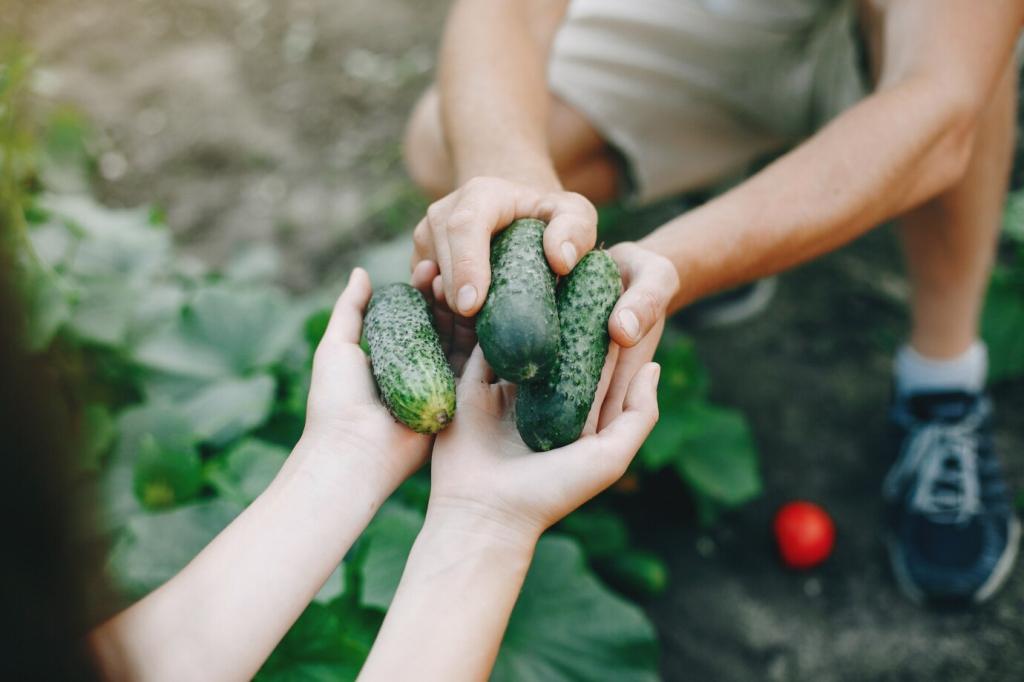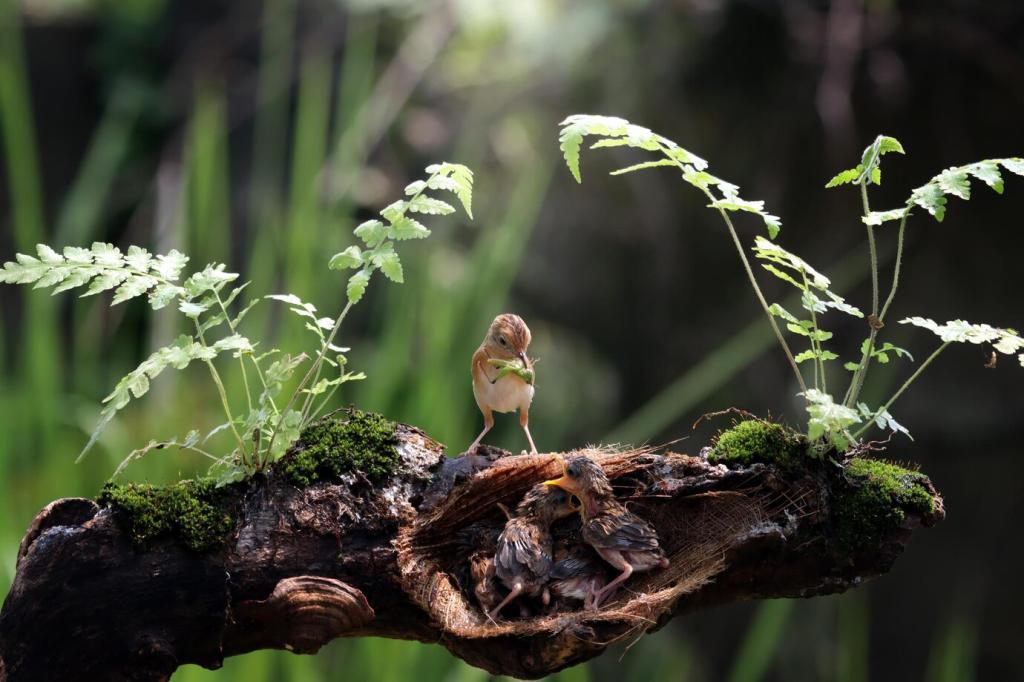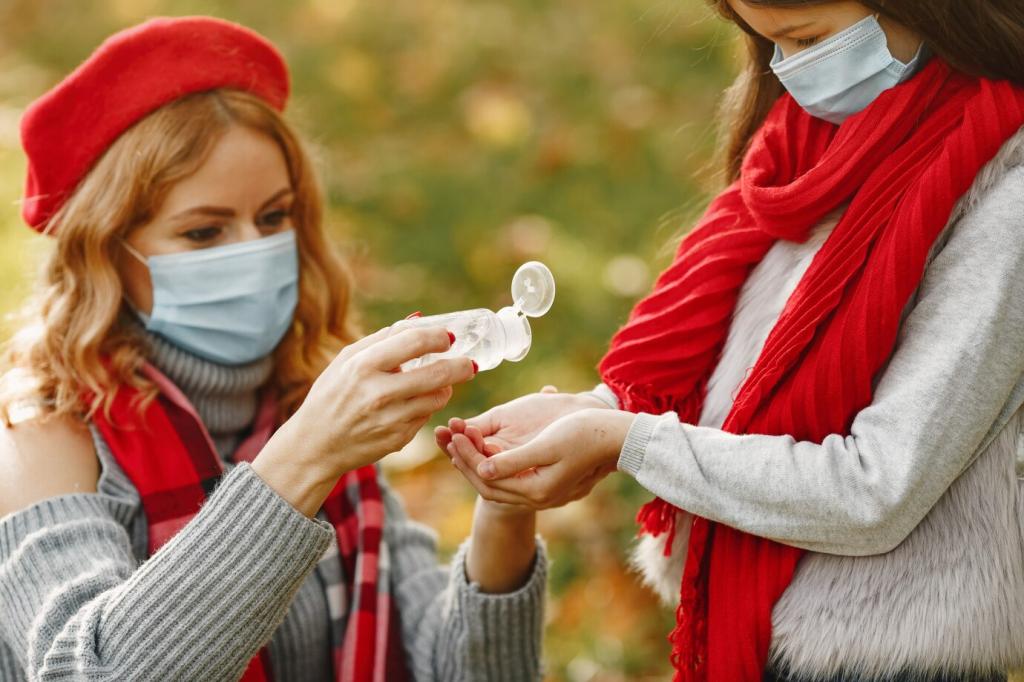Visual Storytelling That Restores Habitats
Three-minute films about hedgerows, roadside verges, or pond edges can galvanize councils faster than hour-long lectures. Keep it local, lift up resident voices, and end with a clear action link so viewers can pledge, donate, or volunteer immediately.
Visual Storytelling That Restores Habitats
Animated maps showing pollinator sightings before and after native plantings make progress tangible. When people see dots multiply, they feel ownership. Include calls to subscribe for monthly updates and to log their own sightings through citizen platforms.
Visual Storytelling That Restores Habitats
Show degraded plots rebounding after removing invasives and adding native understory. Pair images with short captions about soil health, insects returning, and children’s art celebrating the transformation. Invite readers to host a photo-diary of their block.
Visual Storytelling That Restores Habitats
Lorem ipsum dolor sit amet, consectetur adipiscing elit. Ut elit tellus, luctus nec ullamcorper mattis, pulvinar dapibus leo.







